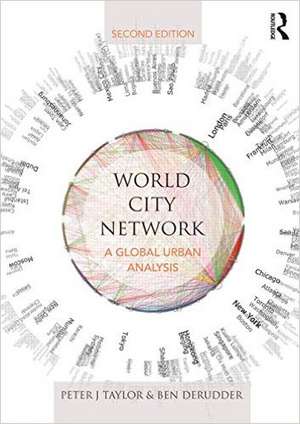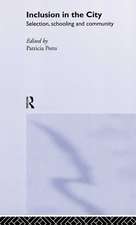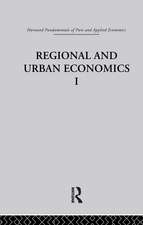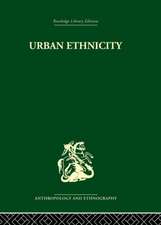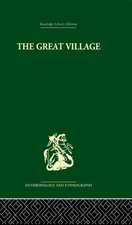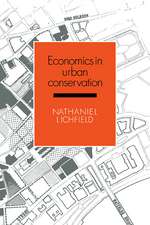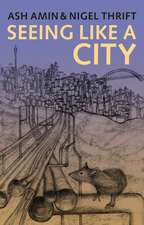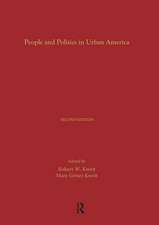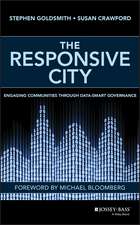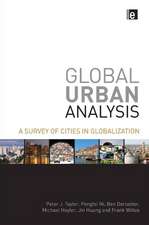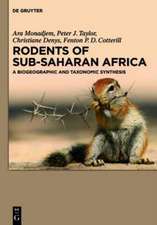World City Network: A global urban analysis
Autor Peter Taylor, Ben Derudderen Limba Engleză Paperback – 17 aug 2015
With the advent of multinational corporations, the traditional urban service function has 'gone global'. In order to provide services to globalizing corporate clients, the offices of major financial and business service firms across the world have generated networks of work. It is the myriad of flows between office towers in different metropolitan centres that has produced a world city network.
Taylor and Derudder's unique and illuminating book provides both an update and a substantial revision of the first edition that was published in 2004. It provides a comprehensive and systematic description and analysis of the world city network as the 'skeleton' upon which contemporary globalization has been built. Through an analysis of the intra-company flows of 175 leading global service firms across 526 cities in 2012, this book assesses cities in terms of their overall network connectivity, the regional configurations they form, and their changing position in the period 2000-12. Results are used to reflect on cities and city/state relations in the context of the global ecological and economic crisis.
Written by two of the foremost authorities on the subject, this book provides a much-needed mapping of the connecting relationships between world cities, and will be a valuable resource for students of urban studies, geography, sociology and planning.
Preț: 337.47 lei
Preț vechi: 386.35 lei
-13% Nou
64.58€ • 67.59$ • 53.75£
Carte tipărită la comandă
Livrare economică 31 martie-14 aprilie
Specificații
ISBN-10: 1138843571
Pagini: 250
Ilustrații: 92 black & white illustrations, 27 black & white tables, 19 black & white halftones, 73 black & white line drawings
Dimensiuni: 174 x 246 x 15 mm
Greutate: 0.41 kg
Ediția:Revised
Editura: Taylor & Francis
Colecția Routledge
Locul publicării:Oxford, United Kingdom
Public țintă
Postgraduate and UndergraduateCuprins
Notă biografică
Ben Derudder is Professor of Human Geography in the Faculty of Sciences at Ghent University, Belgium. He has (co-)edited 4 books on world city network-formation, and published several scientific papers on this topic in key academic journals. As a key contributor to the ‘mini-literature’ on world city networks, he has been a major figure in much of the post-2000 data collection and analyses.
Descriere
Peter Taylor and Ben Derudder's unique and illuminating book provides both an update and a substantial revision of the first edition that was published in 2004. It provides a comprehensive and systematic description and analysis of the world city network as the 'skeleton' upon which contemporary globalization has been built. Through an analysis of the intra-company flows of 175 leading global service firms across 525 cities in 2012, this book assesses cities in terms of their overall network connectivity, the regional configurations they form, and their changing position in the period 2000-12. Results are used to reflect on cities and city/state relations in the context of the global ecological and economic crisis.
